It is said, adversities make you tougher, and it seems the phrase is true for trees as well. Scientists from the Princeton University have found out that trees that grow in forests which are prone to fires, have a thicker bark. In a future, where global warming could lead to warmer climates, the study of trees and their barks could help find out which of them would survive well when the forests become more prone to fires.
What do tree barks do?
Like our skin, the most basic function of the bark of the tree is to protect the delicate internal organs of this living form. Some of the essential functions of a tree bark are,
- Protecting the tree from scorching sun
- Protecting from dry winds
- Protecting from herbivores that can easily eat the inner, juicy sap of the tree
- Protecting from fungi
However, different climate conditions, heat, cold, rains etc., change the quality of the barks to help the trees better survive in those typical conditions. For example, Birch tree bark is high in volatile oils and is water proof and resistant to decay. The bark of Oak trees are very high in Tannin content that makes them resistant to insect attacks. Bark of pine trees are known to be thick to provide extra protection from fires.
Read More: By 2080 Climate Change May Eat Away Most Plants And Animals
Barks also provide shelter and protection to insects, a source of food for some animals.
The fire resistant trees
Adam Pellegrini, a NOAA Climate and Global Change Postdoctoral Fellow at Stanford University and his fellow researchers studied trees and their bark thickness in the African savannas, the forest of North America, trees from tropical rainforests and 572 other tree species in various parts of the world.
“We found large-scale evidence that bark thickness is a fire-tolerance trait, and we showed this is the case not just in a particular biome such as a savanna, but across different types of forests, across regions and across continents,” said Pellegrini.
The scientist believes that this is a crucial factor which needs to be added when studying global climate modules. The team clearly found that no matter which species, trees that grew in forests that were more prone to wild fires and had less seasonal rainfall had bark thickness more than those trees of similar species that grew in tropical rainforests where forestfires were not a big threat.
Read More: 4 Reasons Why Climate Change Is Bad For Snow Leopards
The research therefore suggests that trees from tropical rainforests with thinner bark could have a tougher time in the future to adjust to warmer weather and frequent forest fires.
Future of ecosystems with global warming
The important outcome of this study that effects all of us is this – Rainforests like the Amazon which is known as the lungs of the planet and providing more than 20 % of the world’s oxygen or the Western Ghats closer home, are under serious threat as Earth becomes warmer.
The trees in these forests are vulnerable to wildfires more than their counterparts in other ecosystems like the savanna as the tree barks are thinner here.
Tim Coulson, a professor of zoology at Oxford University, said that the study illustrates how climate change could create conditions that already-endangered ecosystems cannot withstand.
“As periods of drought begin to be seen more frequently in tropical forests — the lungs of our planet — the risk that these ecosystems will burn increases,” said Coulson.
“Because the species found there are not well-adapted to cope with fire, the consequences could be devastating,” he said. “[This] work highlights that the changes we are making to our climate can put ecosystems at risk to factors, such as fire, that they are poorly equipped to deal with.”
Read More: Climate Change Effecting Bird Migration Pattern In India





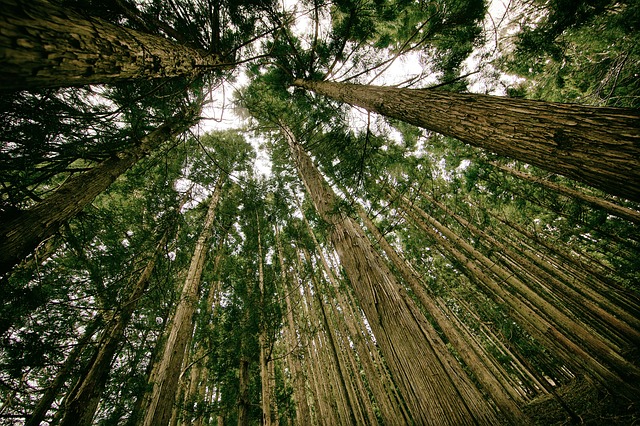
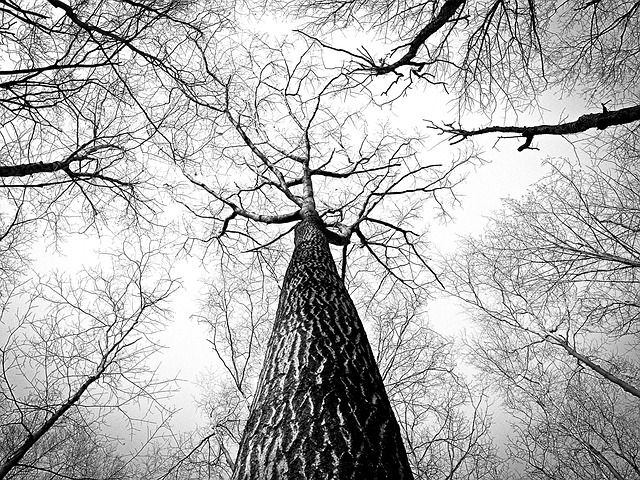
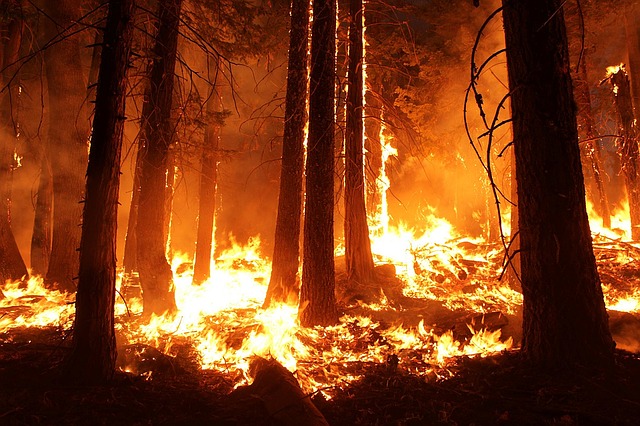

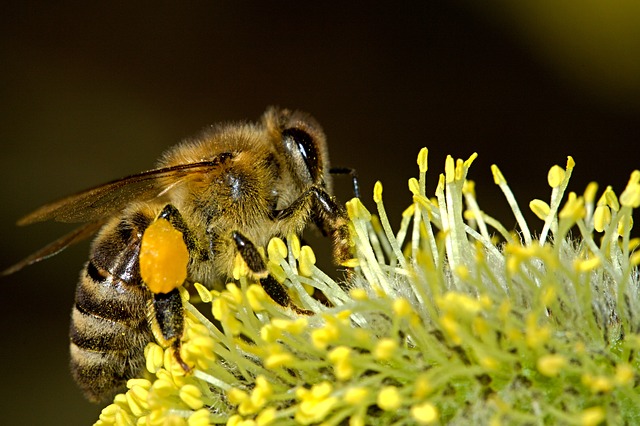
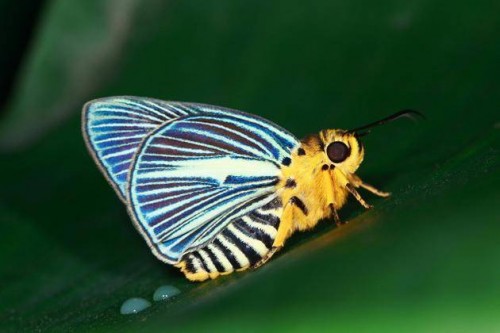
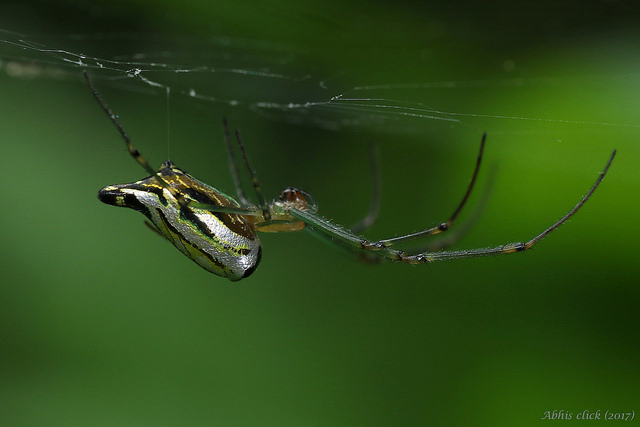
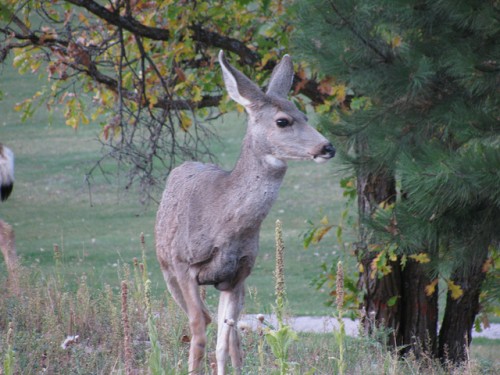
One thought on “In A Hotter Future, The Thickness Of The Tree Bark Would Decide Its Survival”